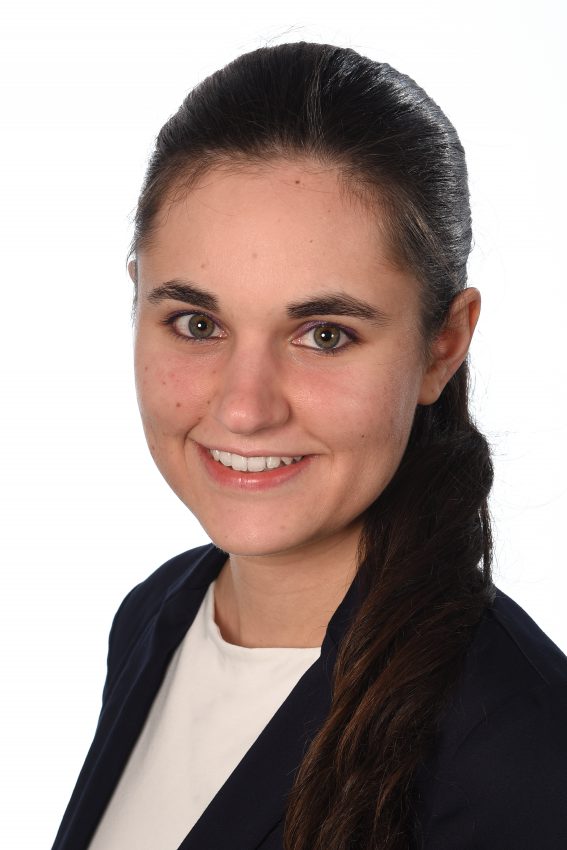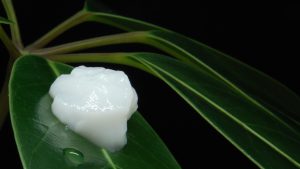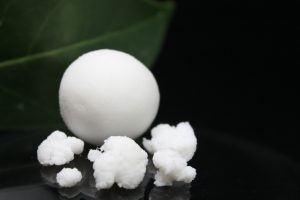
Nadine Peneder
MFC Application Engineer
In a way, water is microfibrillated cellulose’s best friend. The water molecules interact with the hydroxyl groups on the surface of the cellulose fibrils and prevent the fine network structure from agglomerating, thus the MFC can unfold its unique properties to the fullest. Already at 3 wt% solids content an aqueous MFC suspension forms a gel-like structure with high viscosity and water retention value (Fig. 1).

Fig. 1: MFC suspension with 3 wt% solids content
However, water is not always desired in a MFC product. Aside from logistics issues, applications like polymer nanocomposites struggle with the high water content due to compatibility issues with the polymer matrix.
The best solution would be drying. The problem with drying though is that it leads to hornification because the fine fibrils clump together and can not be fully redispersed anymore.
In literature a lot of different methods like freeze drying, spray drying and supercritical drying were tested. Even though these methods maintain the nanoscale morphology of the material much better than oven or air drying, the full properties of never dried material cannot be reached anymore after redispersion.
Others have hydrophobized MFC by chemical modification or used surfactants in order to prevent agglomeration during drying. These approaches show promising results for nanocomposites, but are not suitable for applications like food and cosmetics where the MFC should remain unmodified, hydrophilic or without any additives.
At the moment the only way to decrease the water content in MFC without any change in the composition is to thicken the material up to a maximum solids content of 15-30 wt% depending on the quality of the product. The higher fibrillated a material is the less water can be removed.

Fig. 2: thickened MFC suspension at 10 wt%
To prevent any loss of quality and properties of our microfibrillated cellulose our products are delivered as an aqueous suspension with solids contents ranging from 1 to 30 wt%.